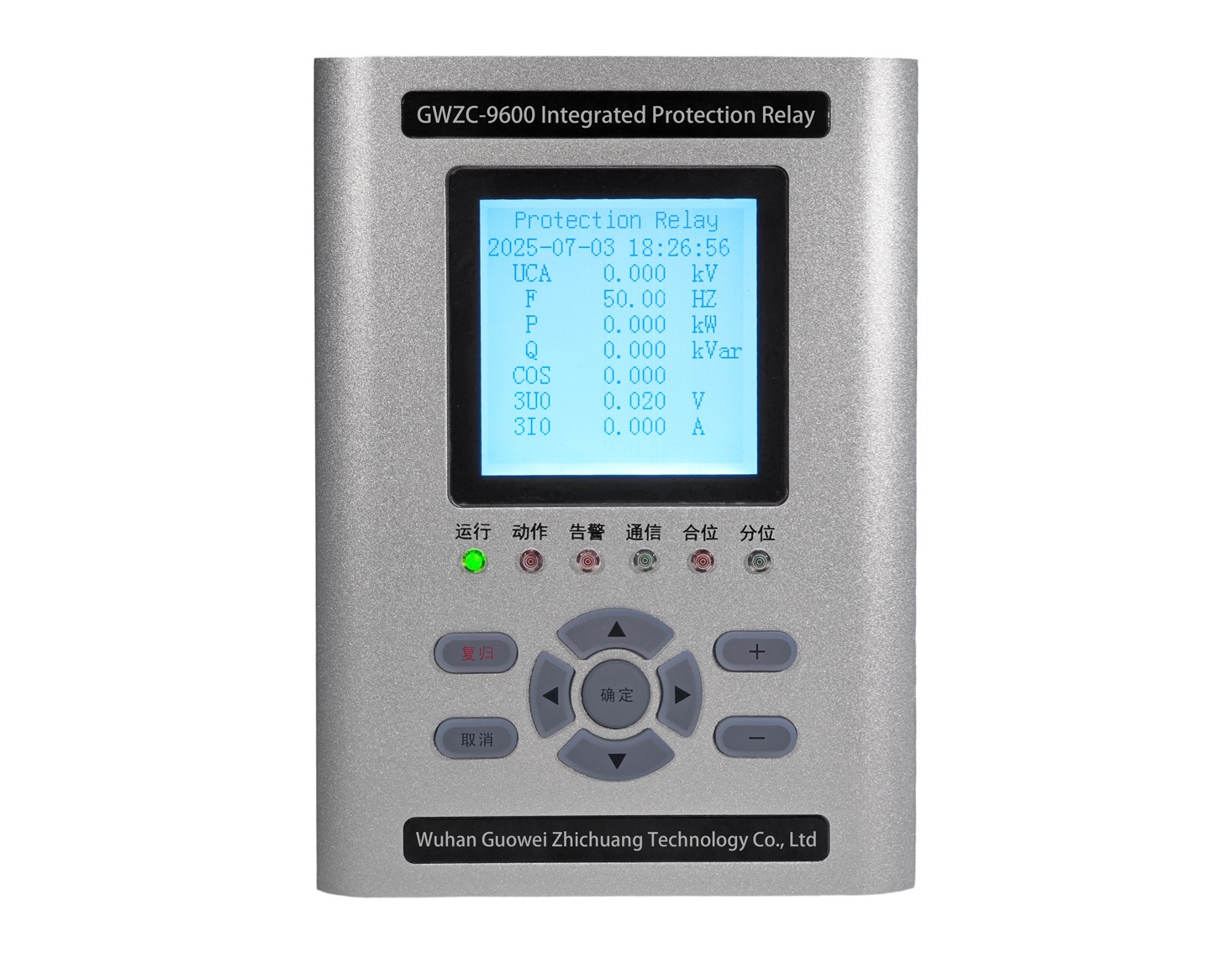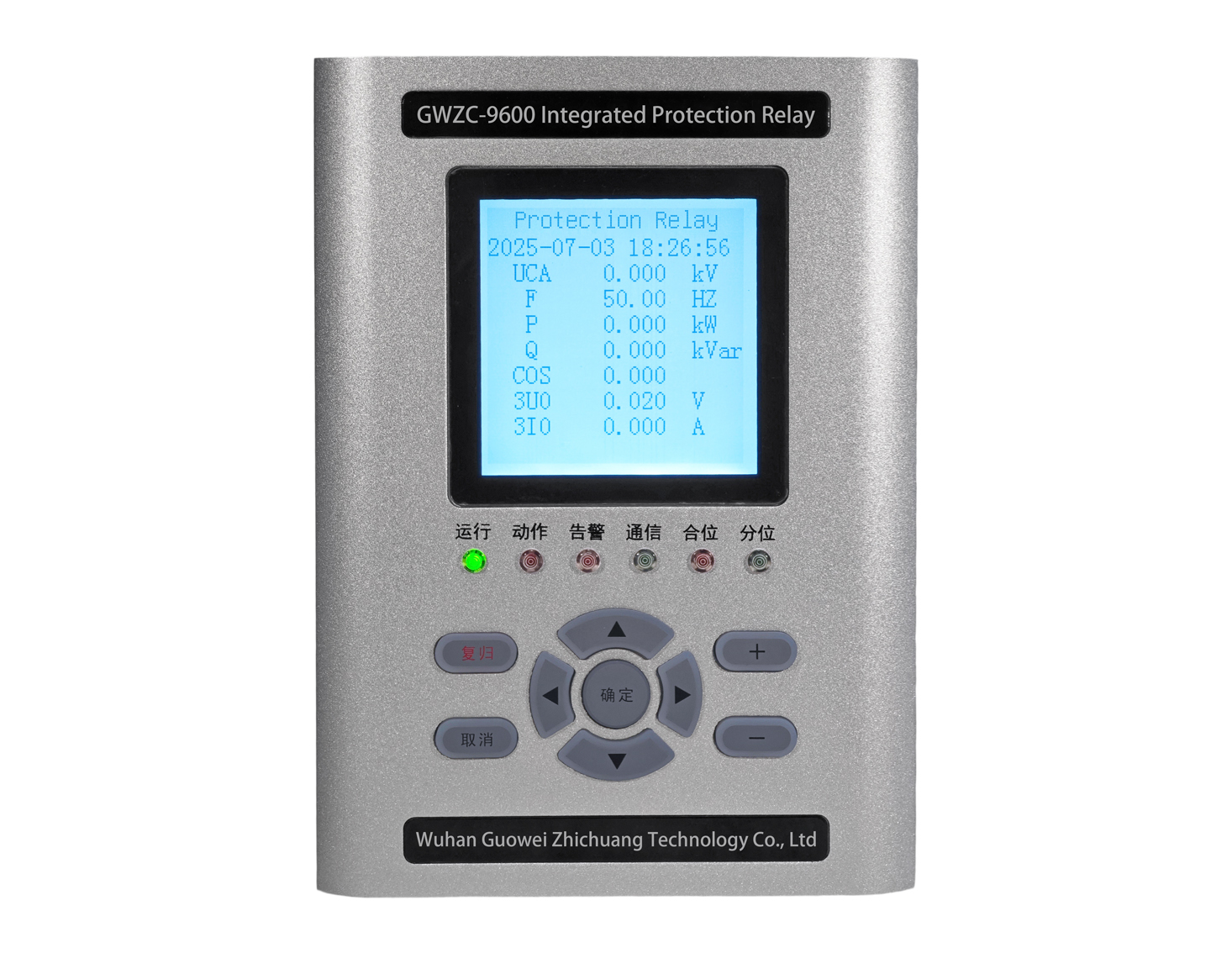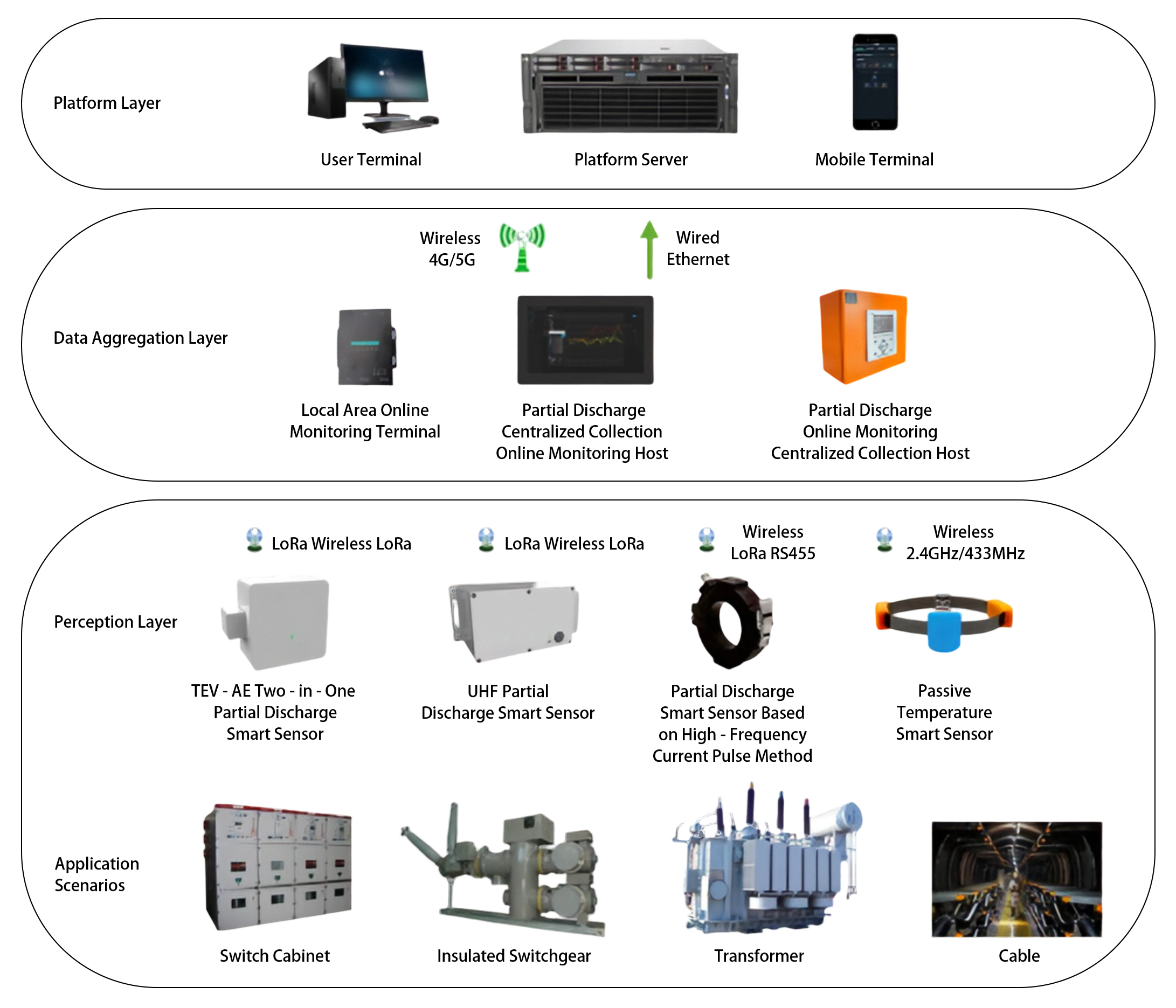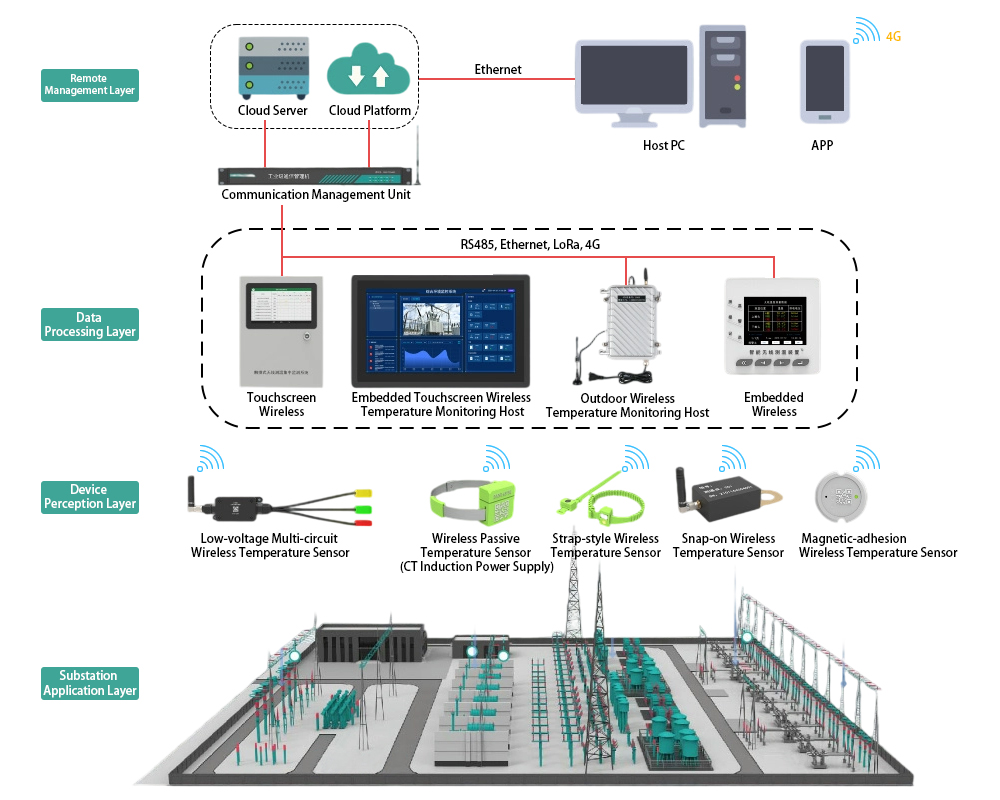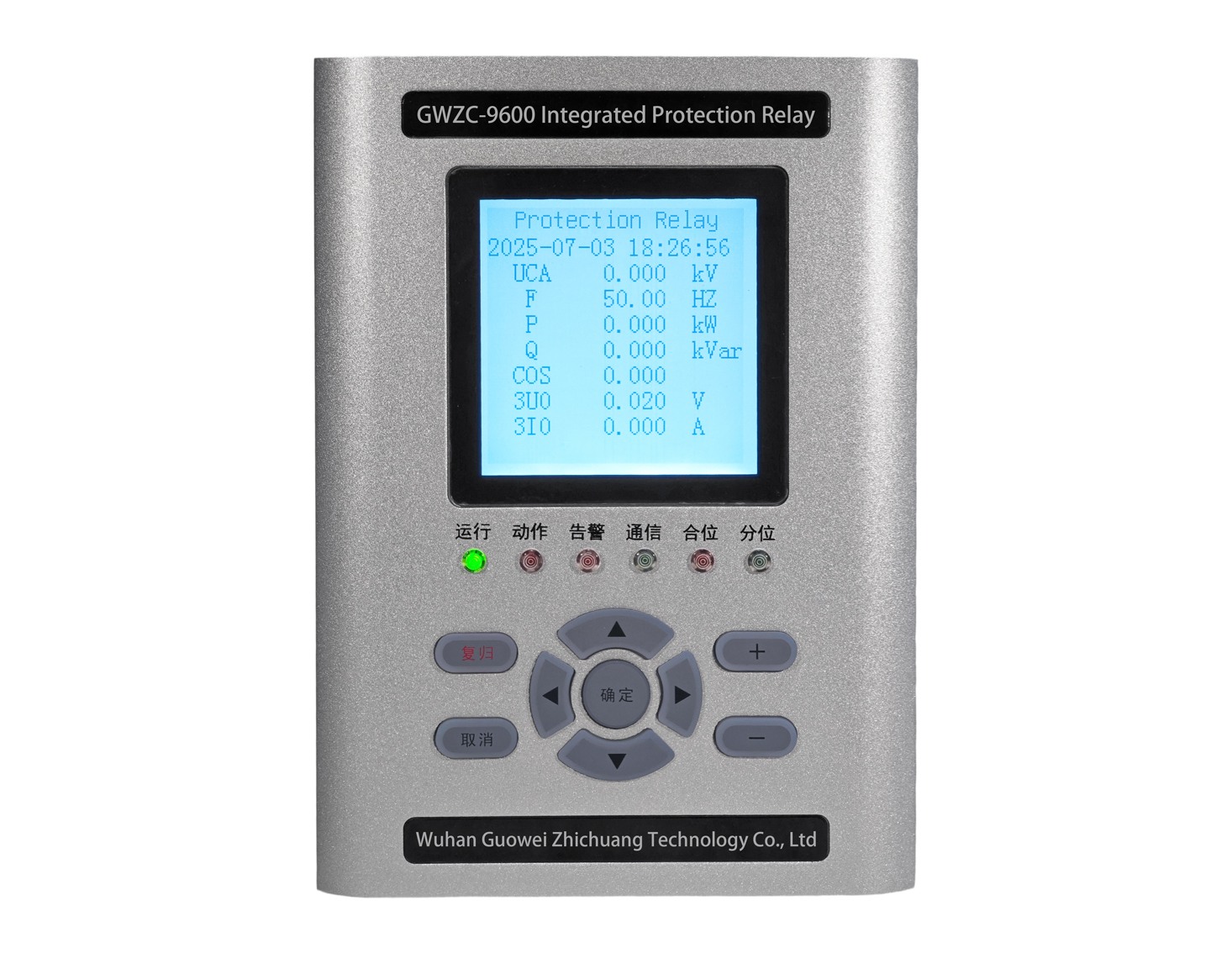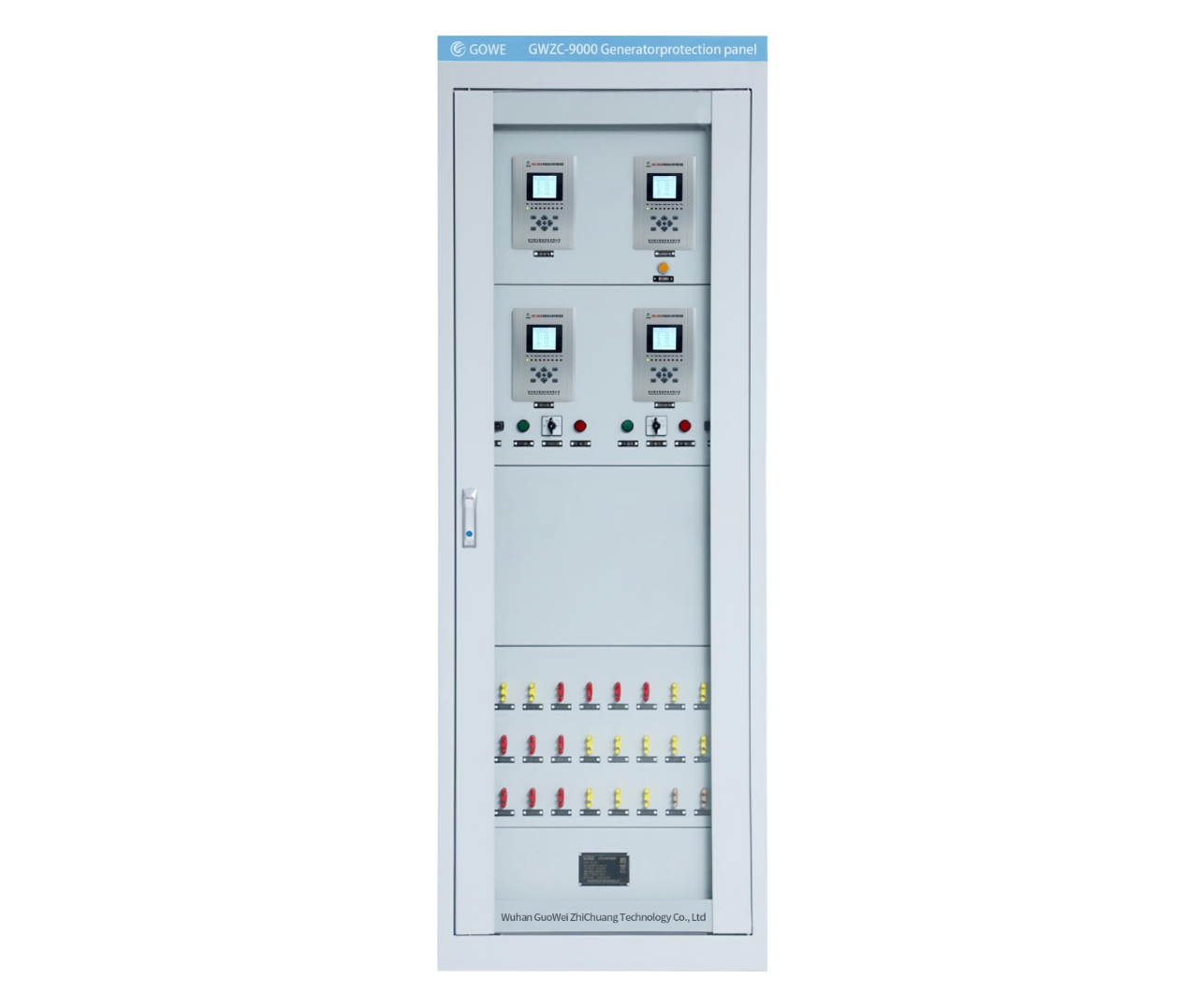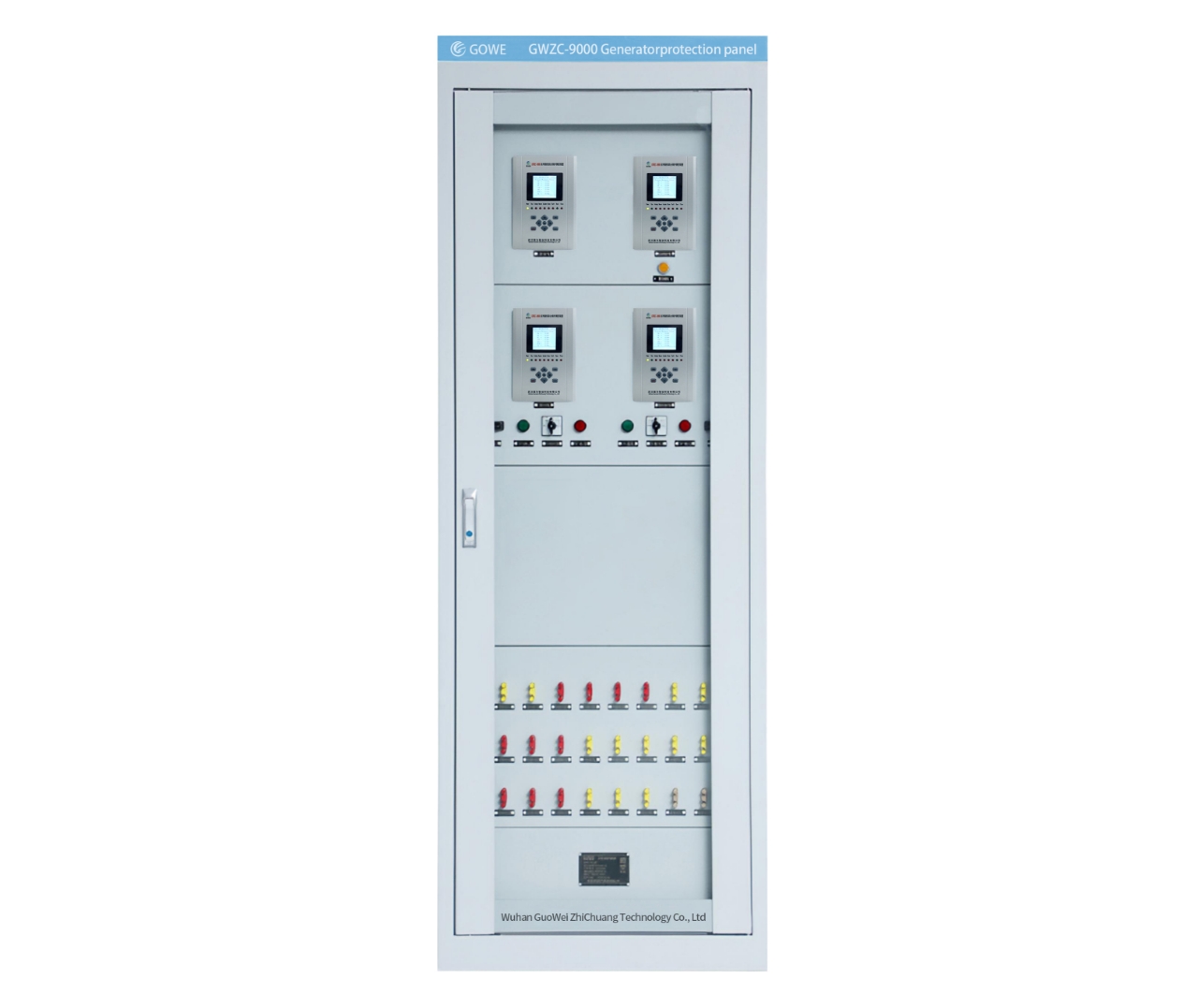
Electric motors are the most common loads in industrial production, distributed across various voltage levels. This presentation introduces motor protection relays and how to select protection functions.
Based on IEC 60204-1 and GB 50055 (Design Code for Distribution of Electrical Equipment)
1. Essential Protection Schemes
1.1 Short-Circuit Protection
1.Devices : Circuit breakers (instantaneous magnetic trip) or fuses
2.Setting Principle:
I set=K×Ist
Where K = 1.5–2.5 (fast-trip characteristic)
I st = motor starting current (typically 6–12 × I N )
3.Requirement: Operation time < motor thermal withstand limit (≤0.1s).
1.2 Overload Protection
1. Devices: Thermal relays (e.g., JRS1D series) or electronic protectors
2. Setting Principle:
I set =(1.05∼1.2)×I N
Note: Ambient temperature compensation required
3.Inverse-Time Characteristic : Complies with IEC 60255 curves (Class 10A/20A).
2. Optional Protection Schemes (Application-Specific)
| Protection Type | Application Scenarios | Implementation |
| Locked-Rotor Protection | High-inertia loads (e.g., crushers) |
Current threshold (≥2.5 × IN ) with short-time delay |
| Phase Failure Protection | Unbalanced systems (>10%) | Voltage/current monitoring |
| Earth Fault Protection | TN/TT systems (prioritized in damp areas) | RCDs (30mA–10A trip range) |
| Undervoltage/Overvoltage | Volatile power grids | Voltage relays (±10% U N with time delay) |
| Bearing Temperature | HV motors/forced-cooling systems | PTC thermistors + controllers (trip ≤80°C) |
3. Enhanced Protection for Special Applications
3.1 Soft Start/VFD-Driven Motors
1.Add di/dt protection to mitigate inrush currents
2.Install dt/dU filters at VFD output to suppress voltage reflection waves
3.2 Explosive Atmospheres (Ex d/e)
1.Devices must comply with ATEX/IECEx certification
2.Overload trip time < motor surface ignition time ( t E parameter )
3.3 Smart Protection Solutions
IoT-based monitoring (vibration + current harmonic analysis) for predictive maintenance
4. Critical Design Considerations
4.1 Selectivity Coordination
1.Short-circuit protection must operate before overload devices (time/current selectivity)
2.Avoid curve overlapping between upstream breakers and thermal relays (refer to IEC 60947 coordination charts)
4.2 Sensitivity Verification
Minimum short-circuit current must satisfy:
I kmin >1.3×I set
4.3 Safety Compliance
1.Always de-energize and verify dead circuit before commissioning
2.Implement LOTO (Lockout-Tagout) procedures per OSHA 1910.147 during maintenance
